How to Match Paint Colors with Your Home Decor: A Comprehensive Guide
Choosing the perfect paint colour for your home can feel like a daunting task. It’s not just about picking a shade you like; it’s about ensuring it complements your existing decor and creates a cohesive look. Whether you’re giving a room a fresh coat or embarking on a full home makeover, matching paint colours with your home decor requires a blend of creativity and strategy. Here’s a guide to help you navigate this colourful journey.
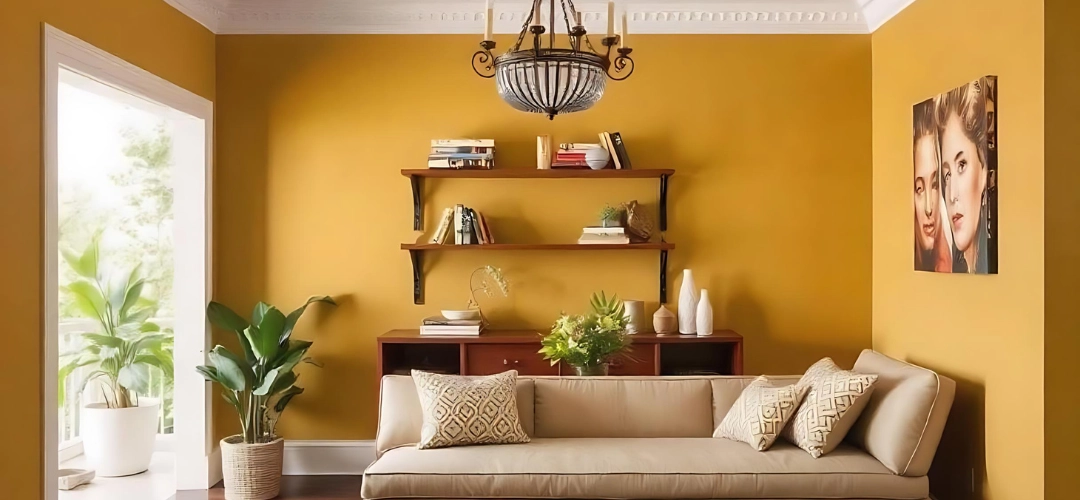
1. Understand Your Existing Decor
Before selecting a paint colour, take stock of your current decor. Look at the major elements in your space, such as:
- Furniture: Note the colours, textures, and styles.
- Textiles: Consider curtains, rugs, and upholstery.
- Art and Accessories: Identify prominent colours and patterns.
- Flooring: Assess whether it’s neutral or has a distinctive colour.
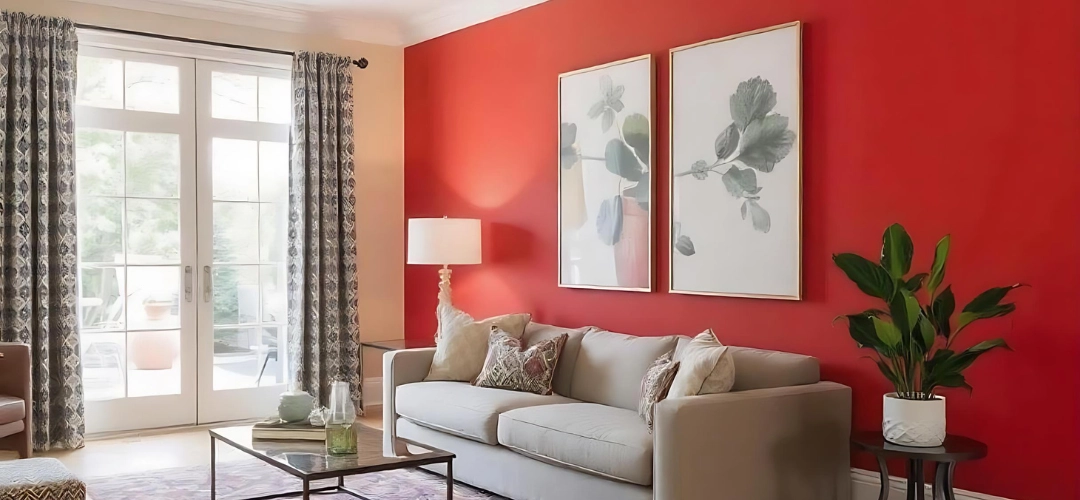
2. Determine the Mood You Want to Create
Paint colour can significantly influence the mood of a room. Think about the atmosphere you want:- Calm and Relaxing: Soft blues, greens, or neutrals create a tranquil environment.
- Energetic and Vibrant: Bright yellows, oranges, or bold hues add energy and excitement.
- Elegant and Sophisticated: Rich tones like deep greens, navy blues, or dark greys offer a sense of luxury.
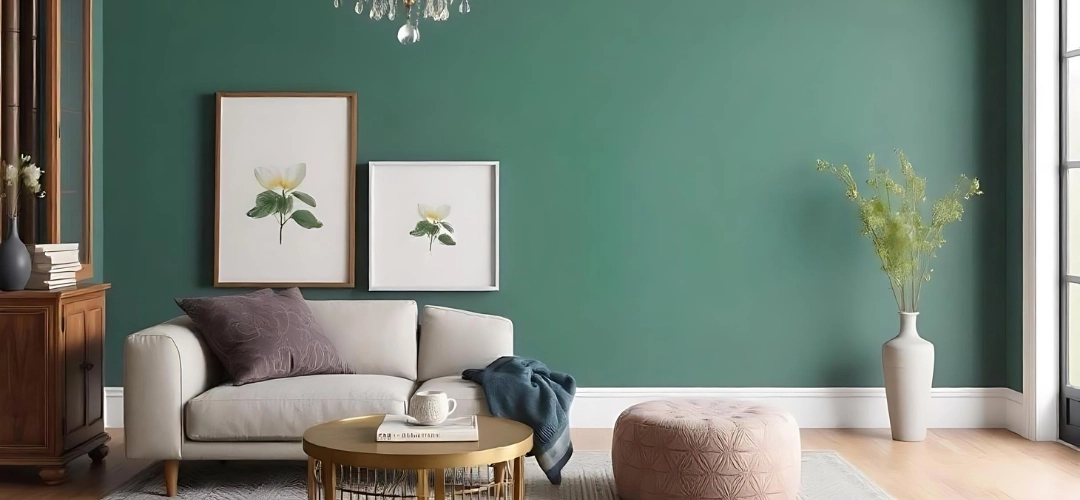
3. Consider Color Theory
Are you confused How to choose paint colours for your home? Using colour theory can guide your choices:- Complementary Colours: These are opposite on the colour wheel (e.g., blue and orange) and can create a vibrant look.
- Analogous Colours: These are next to each other on the colour wheel (e.g., blue, blue-green, and green) and offer a harmonious feel.
- Monochromatic Colours: Different shades and tints of one colour create a cohesive and subtle look.
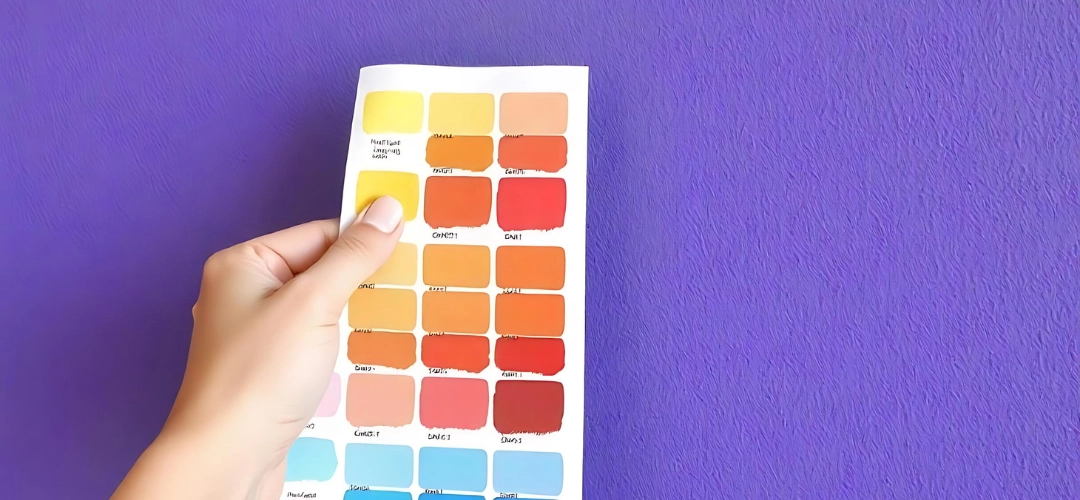
4. Test Paint Samples
Before committing to a colour, test samples on your walls. Paint a few patches and observe how they look at different times of day and under various lighting conditions. This will help you see how the paint interacts with your decor and how it changes with natural and artificial light.5. Match to Existing Colours
- Pulling from Accent Colors: Use colours from your decor items, such as cushions or artwork, as inspiration for your wall colour.
- Matching Undertones: Ensure the undertones of your paint colour align with the undertones in your furniture and decor. For example, if you have warm-toned wood furniture, choose paint with warm undertones.
6. Create a Colour Palette
Develop a colour palette for your space:- Primary Colour: This is the dominant wall colour.
- Secondary Colours: These can be used for accent walls or features.
- Neutral Colours: Use these for trim, ceilings, or to balance more vibrant hues.
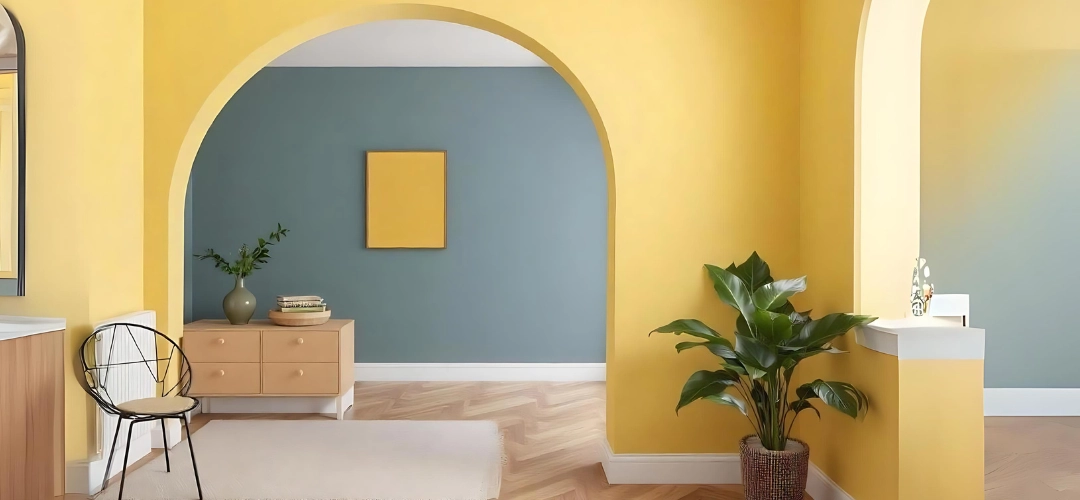
7. Consider the Size and Function of the Room
- Small Rooms: Lighter colours can make a space feel larger and more open.
- Large Rooms: Darker colours or bold shades can add cosiness and definition.
- Functional Areas: Think about the purpose of the room. For example, soothing colours are ideal for bedrooms, while bright, lively colours might be better for playrooms or home offices
8. Plan for Flow and Continuity
If you’re painting multiple rooms, ensure there’s a sense of continuity throughout your home. Choose colours that complement each other and create a harmonious flow from one room to the next.
9. Think About Finish
The finish of your paint also affects the look:
- Matte: Great for hiding imperfections and creating a soft look. Indicus Admyra adds a sense of depth and dimension to the painted wall, making the colours appear dynamic and alive. It gives rich and smooth colours that elevate the overall aesthetics of the space, creating a sophisticated ambiance.
- Eggshell/Satin: Offers a slight sheen and is easier to clean, suitable for living areas.
- Glossy: Adds shine and reflects light, perfect for high-traffic areas or accents.
